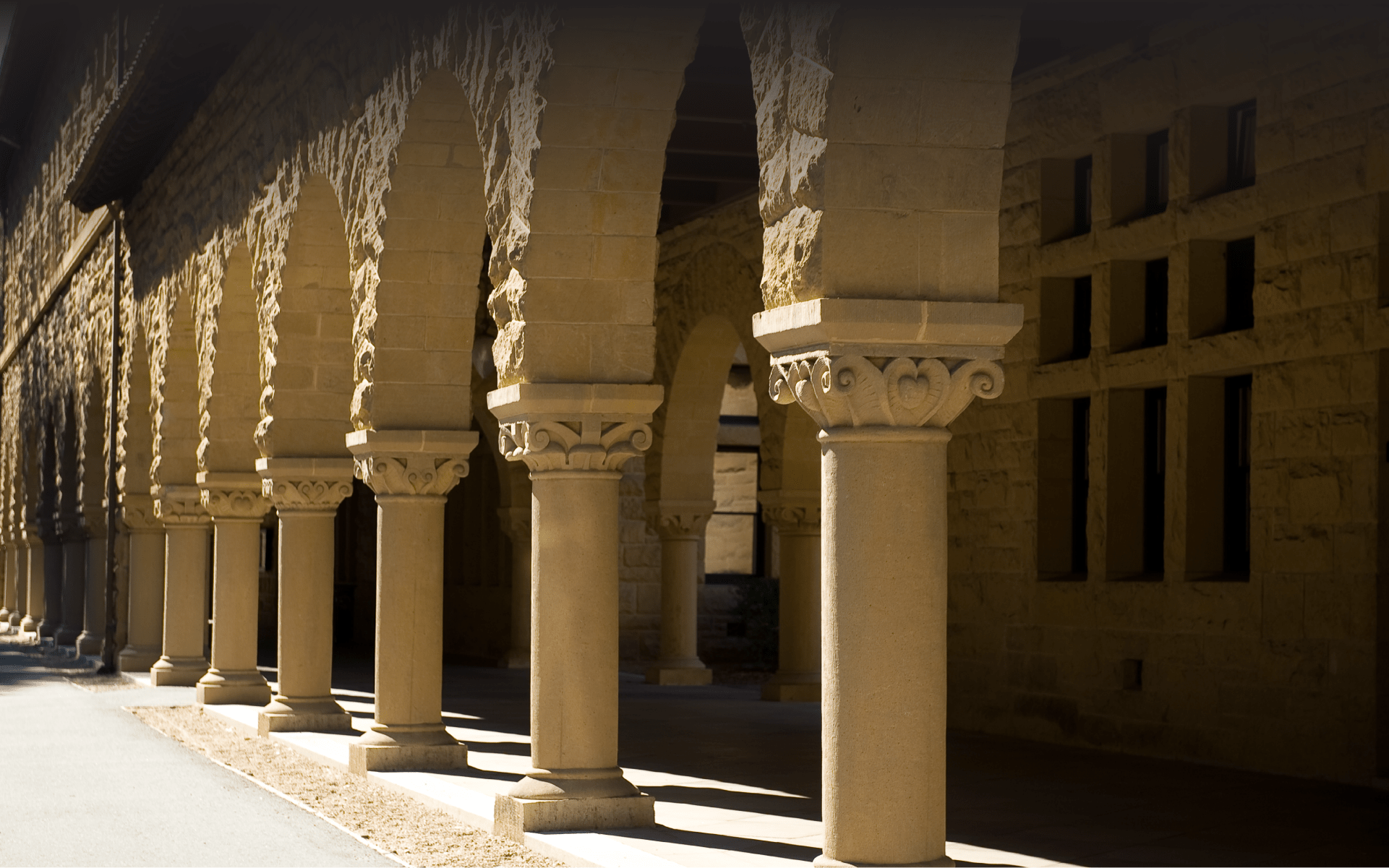SCI 06 — Photographing Nature: Using a Camera to Study the Natural World
Spring
Wednesdays
7:00—9:30 pm
Date(s)
Mar 30—Jun 1
10 weeks
Drop By
Apr 12
2 Units
Fees
$525
Format
On-campus course
Limit 18
Open
This course will utilize the idiom of photography
to help students learn about nature, enhance their
powers of observation, and better understand scientific
concepts. The course builds upon the pioneering photographic
work of Eadweard Muybridge (1830–1904),
who used his camera to answer questions about human
and animal locomotion. (Much of this work was funded
by Leland Stanford Sr.) A secondary goal will be to
discuss the grammar, syntax, composition, and style of
nature photography in order to enhance the use of this
medium as a form of scientific communication. Themes
to be explored include change across time and space;
taxonomy; habitat preservation; weather and climate
change; species diversity; survival and reproductive
strategies; ecological niches and co-evolution; carrying
capacity and sustainability; population densities; predator-
prey relationships; open-space management; and
the physics of photography. We will make use of the
abundance of local areas that preserve and showcase
nature through optional Saturday field trips to Jasper
Ridge, Año Nuevo, the Stanford Dish, the Palo Alto
Baylands, and the Stanford Arizona Cactus Garden.
Assignments will have a photographic, a written, and
an oral component.
This course utilizes photography for scientific observation. Students should have a digital SLR camera available for use.
Robert Siegel, Professor (Teaching) of Microbiology and Immunology, Stanford
Robert Siegel’s courses focus on virology and infectious disease, global health and development, island biogeography and ecology, Darwin and evolution, and photography. Siegel is a docent at Stanford’s Jasper Ridge and at Año Nuevo. He has received numerous teaching awards, including the Walter J. Gores Award for Excellence in Teaching. Siegel received an MD from Stanford and a PhD in molecular biology from the University of Colorado.Textbooks for this course:
No required textbooks
